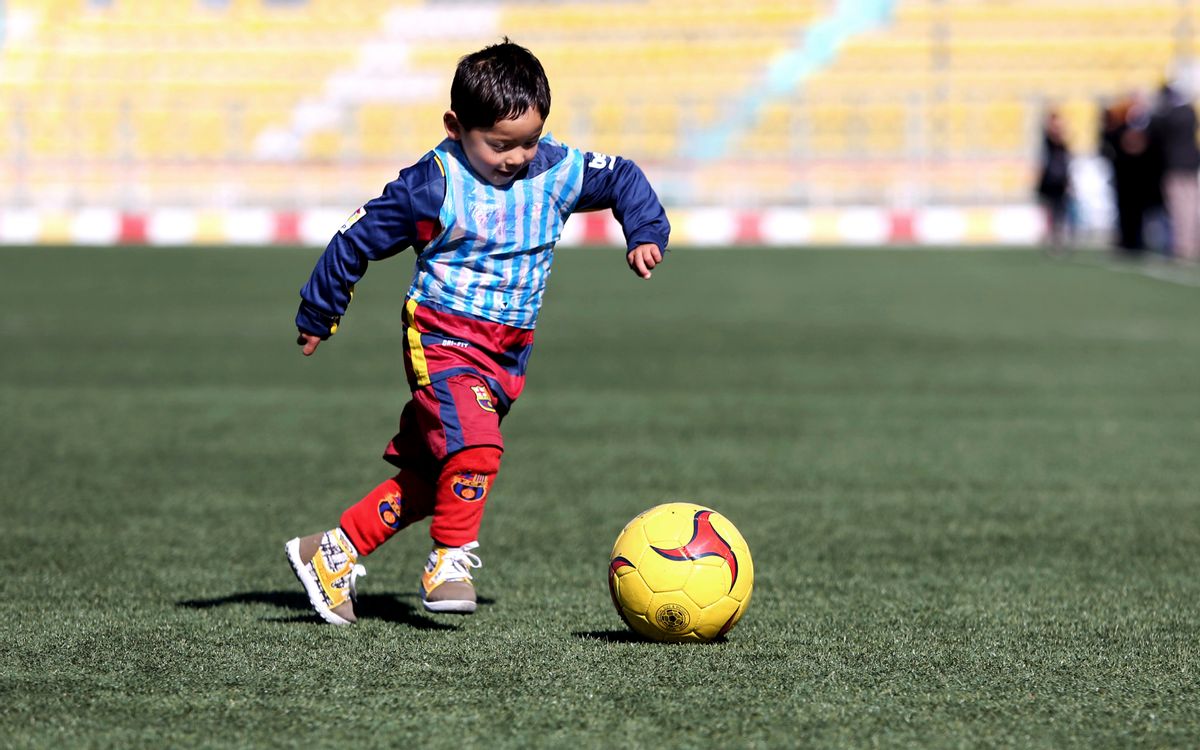It was the best of times, it was the worst of times, it was the age of wisdom, it was the age of foolishness…
Charles Dickens could easily have been writing about the present state of sports. The speed, strength and explosiveness of the modern athlete is mind-blowing.
Accordingly, there’s a growing enthusiasm (and a huge market) for training, teaching and supporting young athletes. Elite sports performance and medicine services are available to all with a credit card, and if a family desires, a passionate and competent coach and advisor can be hired.
This may not be a good thing. Forget the popular (yet very real) concern that pushing a young athlete toward athletic excellence can lead to burnout, dropout and even mistreatment or abuse.
Surprisingly, research has shown that encouraging youth to achieve athletic excellence can also lead to young athletes not fulfilling their athletic potential.
Out-of-balance bodies and minds
Many are now familiar with Anders Ericsson’s findings that ten years or 10,000 hours of deliberate practice are key to achieving mastery. Likewise, Angela Duckworth’s concept of “grit” as a predictor of success in classroom settings has begun to seep into discussions outside of the walls of academia.
In both cases, the message is loud and clear: train relentlessly and regularly and greatness is within grasp.
Unfortunately, this is an example of society and sports being deaf to nuance.
Failure to understand Ericsson’s entire conception of deliberate practice can make much athletic striving time ill-spent. Even if one is fortunate enough to have found excellent coaches and a sufficient number of competitive opportunities, striving toward excellence requires regular rest.
Physical and mental breaks during practice sessions, throughout seasons, and over the course of the year are necessary for an athlete to rebuild and return to play stronger and stronger. In the realm of physical conditioning, the science of recovery is well documented and continues to be studied; in many regards, it’s seen as something that can be managed and monitored by teams of sport scientists.
In terms of mental rest in sport, the science is less robust, but its importance has been noted in examination of elite athletes for quite some time. Neuroscientist Vincent Walsh has been outspoken about the growing body of evidence showing mental breaks in our days are key to performance and creativity.
Failure to sufficiently recover from bouts of training can turn into overtraining syndrome, a state of physical and mental exhaustion that persists even after periods of rest. Poor performance and depressed mood states can be exhibited because the entire body has been jarred so significantly out of homeostasis.
Yet despite a wealth of evidence showing the consequences of overtraining, warning signs go relatively unheeded. It’s quite rare for an athlete to hear, “Great job sitting on the couch today, getting away from the playing field, and thinking about something other than sports.”
In competitive sports, rest doesn’t seem gritty and it’s rarely praised, making the wisdom behind it slow to gain traction.
Messages sent versus messages received
Only a small part of communication is what’s actually said out loud; nonverbal messages carry huge weight.
Parents regularly say, “I want the best for my child” and can be heard musing, “I will give my kid every opportunity possible.” These are loving parental desires, but what are the costs if one is not careful?
Kids are exceptionally adept at reading into the actions of their parents and coaches, who send powerful messages in the decisions they make and the opportunities they offer.
For young athletes, are “opportunities” supportive? Or can they cause undue stress?
The parent regularly says, “Just try your best and I’ll be proud.” But how are kids supposed to react when they notice the multiple team registrations, the checks written to private coaches, the off-field conditioning work, the visits to the sports medicine clinic and the hiring of the sport psychology consultant?
Most likely, they think: “This is a really big deal. I better not blow it.”
“Support,” then, can inadvertently turn into stress, which can stunt the growth of a young athlete on – and sometimes off – the playing field.
There’s another potential pitfall when providing a range of opportunities and support systems: it can actually mitigate challenges.
A young athlete who has the “best” equipment and is always is on the “best” team with the “best” coach fails to develop perhaps the most important athletic skill: the ability to thrive when challenged. Providing everything for a young athlete does not allow the softer skills of perseverance and resilience to thrive. Just as psychologist Mihaly Csikszentmihalyi found in the early 1990s, individuals who are both challenged and supported thrive at the highest levels. Too often in our bountiful sporting society, smothering support does not allow the young athlete to fully experience healthy challenges.
The children of parents who pursue every avenue of athletic training and development are not always primed to reach their athletic potential, nor is likelihood of lifelong physical activity improved.
Hours of practice and participation in hyper-focused sports environments can saddle athletes with unnecessary expectations, where mistakes on the playing field are failures and stumbles feel like letting coaches and families down. At the end of the day, sports is “play.” When adults enthusiastically provide these opportunities but remove “play” from the equation, something is amiss.
This article is part of our youth sports series. To read the others in the series, click here.
Adam Naylor, Clinical Assistant Professor of Counseling Psychology and Applied Human Development,Boston University



Shares